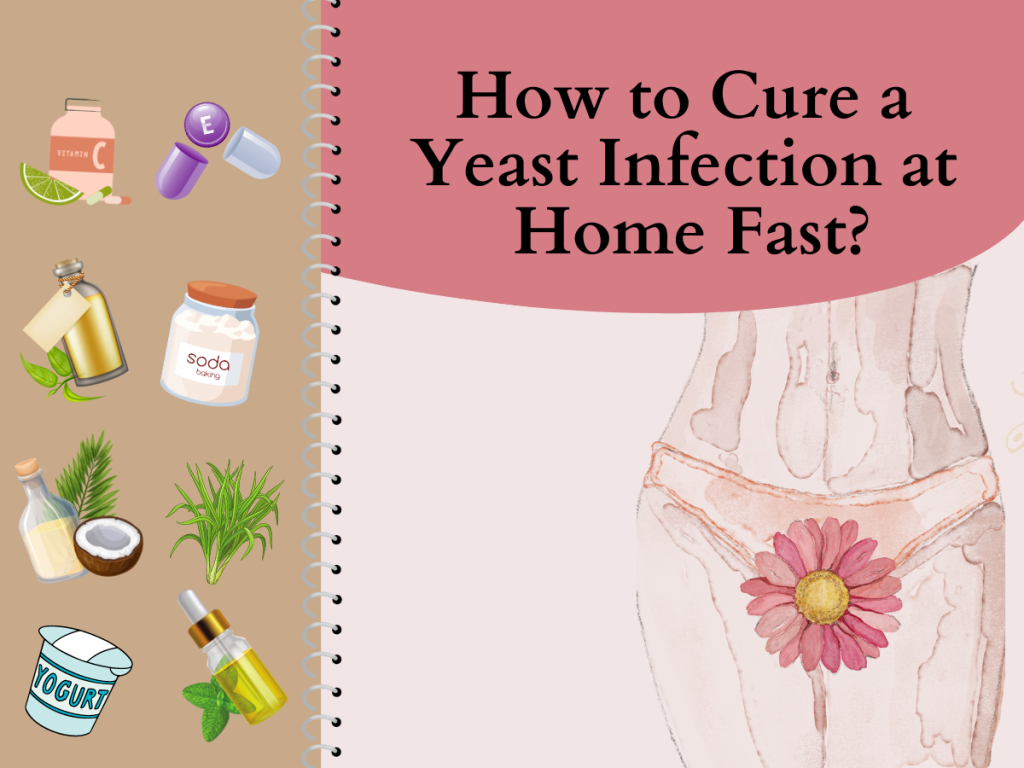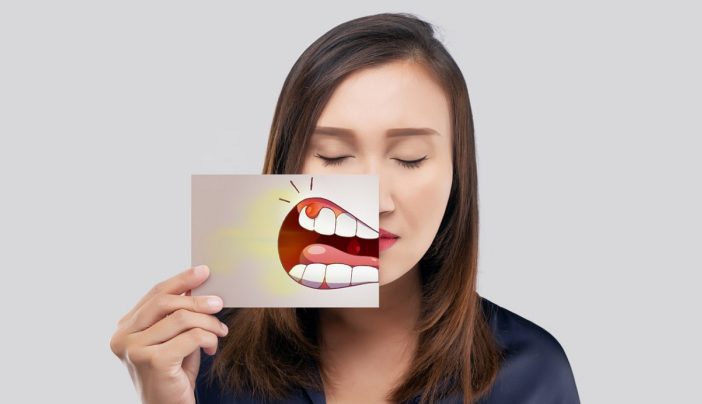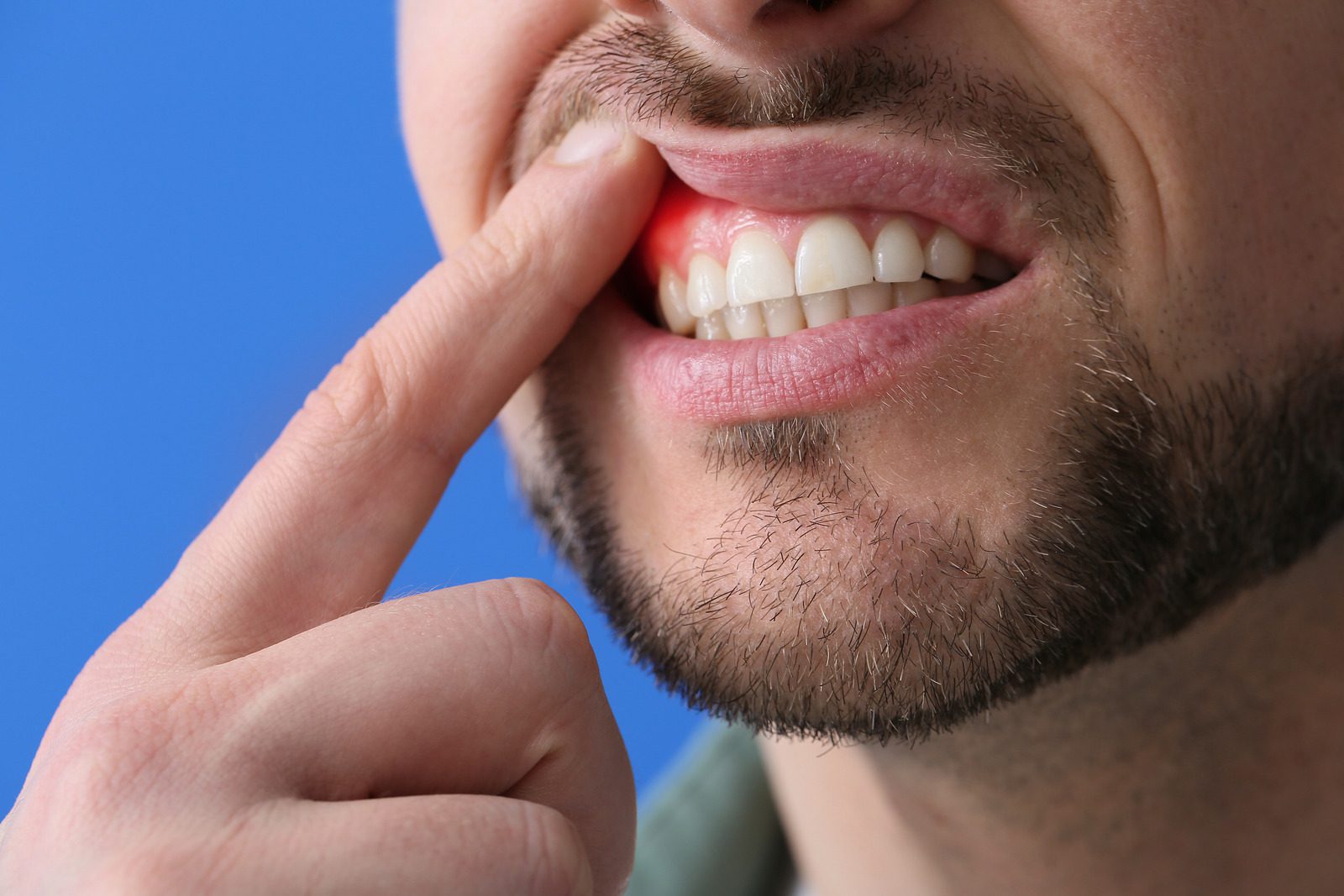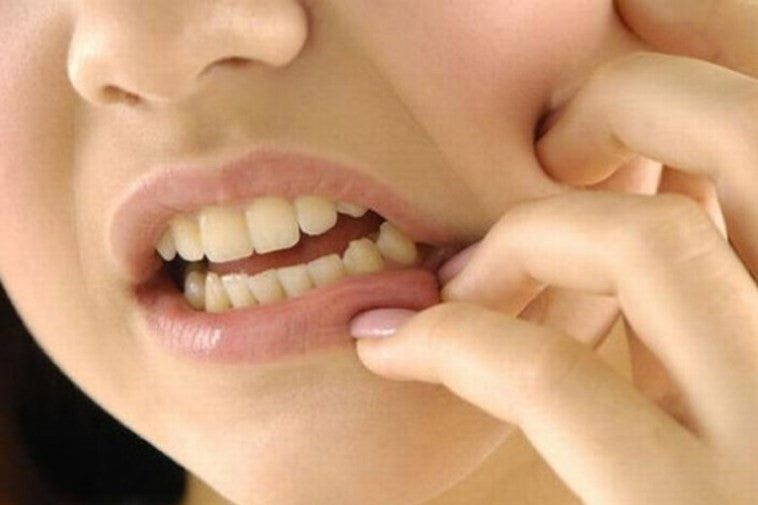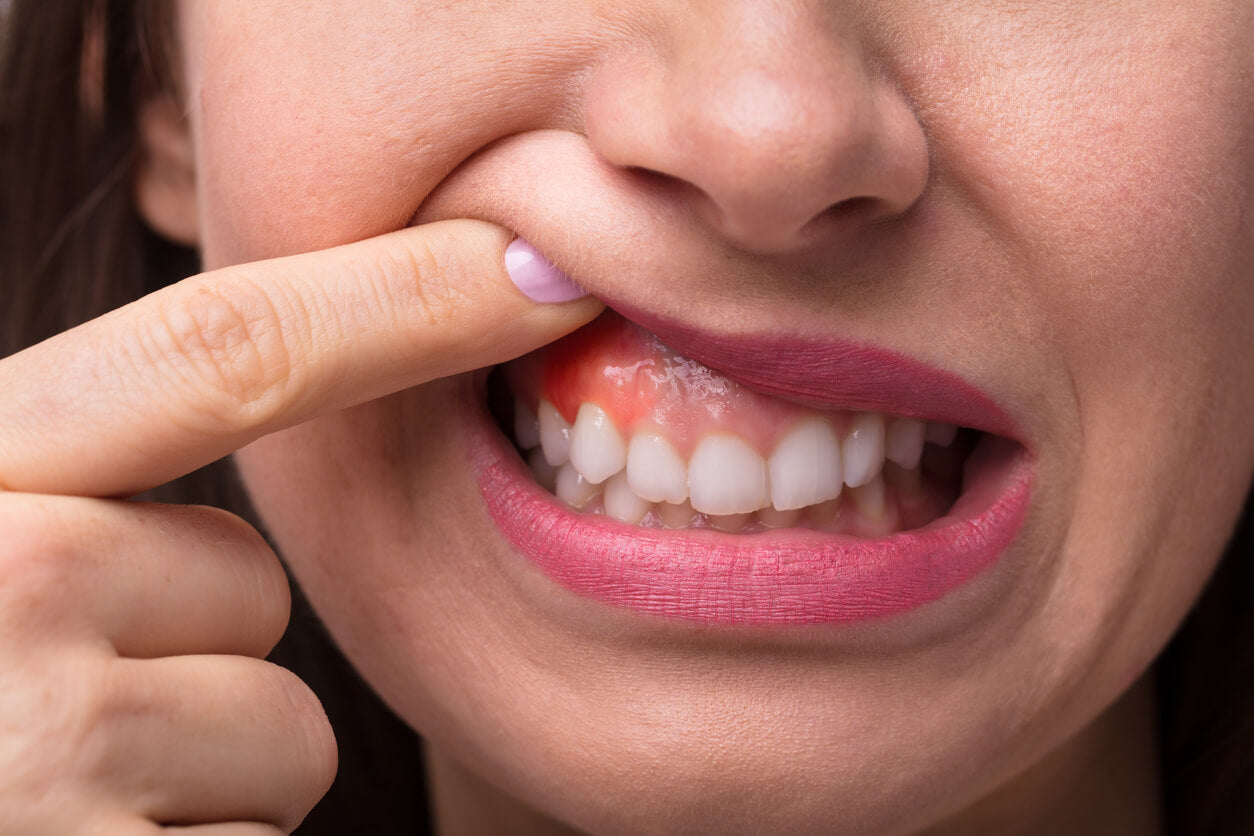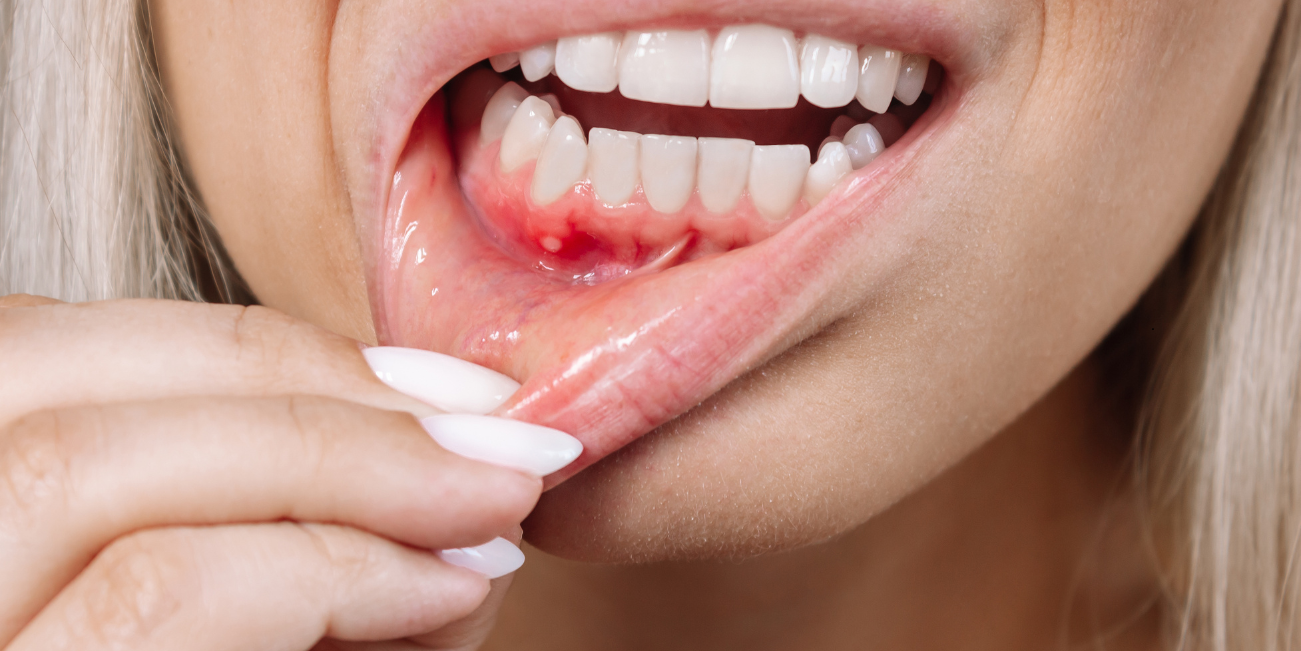Are you tired of the discomfort caused by yeast infections? Seeking an effective natural remedy and want to avoid the hassle of appointments and prescriptions? Look no further! Because this insightful description is going to unveil the quickest home remedies to kill the most formidable fungal foes forever. So bid farewell to the unabating irritation and say goodbye to overhyped internet remedies as we proceed to grab the most authentic and time-tested solutions for candida infections.

Candida not only affects the female genitalia leading to vulvovaginal candidiasis, but it can also spread in the mucous membranes of the mouth and folded skin of the penis (balanitis). The pathogenic yeast cells in the susceptible body part multiply rapidly, causing irritation, itching, redness, burning, and discomfort. Yet, in a vaginal yeast infection, there’s abundant thick, white cottage cheese-like discharge.
Symptoms such as burning, irritation, inflammation, and excessive discharge from the head of the penis indicate balanitis, typically affecting uncircumcised men. Regarding oral thrush, white curdy patches on the mucous membranes are evident. Since these yeast infections are highly discomforting, they should be treated appropriately once diagnosed.
Here I’m describing the natural remedies you can try at home to avoid the hassle and side effects of prescription treatments. It does not mean natural and kitchen ingredients can replace medical treatment; prescribed antifungals are definitely necessary to eradicate yeast infections. However, mild to moderate yeast infections can clear up with natural cures, so why choose chemicals? Since vaginal yeast infections are the most common, I am focusing more on them here. So let’s dig in.
10 Quick Tips To Cure A Yeast Infection At Home
Here is the list of 10 home remedies to clear your yeast infections quickly. Note that these are time-tested solutions I’ve tried many times on my patients, and they definitely worked well. These solutions have particular indications for vaginal, oral, and penile yeast infections. However, specific considerations and contraindications exist with each natural remedy, which you can acknowledge in the latter section.
1. Yogurt
Yogurt contains live bacteria known as Lactobacillus acidophilus which generally reside in the gut, urinary tract, and vagina. It’s a good bacteria that releases hydrogen peroxide to kill the nasty yeast. In this way, it keeps the growth of pathogenic microbes, such as Candida, in check so they may not proliferate and cause infections. Since yeast infections will likely occur after a long antibiotic course that often kills normal flora, consuming probiotic sources may help regain the microbiota’s strength.
Yogurt is the most natural and commonly available probiotic source. According to a 2017 research study on the relationship between yogurt consumption and yeast infection, eating yogurt can mitigate Candida infection. Moreover, a 2015 study reported that a honey and yogurt vaginal cream may be more effective than a clotrimazole vaginal cream. So you can also make this topical ointment at home using natural honey and yogurt, mixing the two to the required consistency and applying it safely to the vulva.
Furthermore, it’s best to choose unsweetened and non-processed dairy yogurt because sugar, the yeast’s favorite food, can fuel its growth, worsening the infection. You can opt for plain non-processed Greek yogurt to heal rather than aggravate your yeast infection symptoms. Let’s see how to use yogurt to cure a yeast infection.
How To Use Yogurt To Cure A Yeast Infection?
- You can take it orally almost daily.
- You can apply it to your vulva and vagina externally.
- You can scoop it internally into your vagina using a clean tampon applicator, suppository applicator, or washed fingers.
For all these application methods, ensure that the yogurt you use has no added sugars, fruits, or artificial flavorings, or else it may worsen your infection. This home remedy is the most authentic and time-tested, supported by many pieces of research. Not only can you use this ingredient to mitigate or eradicate a mild yeast infection, but also you can use it after your conventional treatment. According to research, yogurt consumption and application after conventional therapy significantly reduces the incidence of recurrent Candida infections.
2. Other Probiotic Supplements
You can try other probiotic sources if you don’t like yogurt or don’t find unsweetened/ non-processed ones. Available sources are probiotic suppositories, capsules, creams, or supplements containing Lactobacillus acidophilus live culture. You can also try fermented foods such as kimchi, miso, kombucha, kefir, and sauerkraut. However, limited scientific evidence supports using fermented foods to treat yeast infections.
3. Coconut Oil
Coconut oil has antimicrobial and antifungal properties, so you can use this oil to treat yeast infections at home. One study suggests that consuming coconut oil can help reduce the Candida population in the gut and vagina. In contrast, a few scientific literature claims to use coconut oil topically on the affected area to mitigate the symptoms. Though we have limited scientific proof, we can still use this harmless ingredient for a benefit. But how to consume coconut oil orally? Mix a tablespoon of the oil with oatmeal, curries, and baked goods.
4. Tea Tree Oil
Several scientific studies confirm tea tree oil’s antibacterial, antiviral, and antifungal properties. One study suggests that using this essential oil in combination with probiotic suppositories can help mitigate yeast infection symptoms. Another study says to use tea tree oil suppositories in combination with OTC medications, e.g., fluconazole, for faster yeast infection eradication. Moreover, a 2020 research claims that tea tree oil is effective for vaginal candidiasis resistant to conventional antifungals.
So how to use tea tree oil to treat a yeast infection at home? We know essential oils are toxic when ingested, so we cannot take them orally. Also, when applied topically, concentrated essential oils can irritate the skin, so always dilute tea tree oil with a carrier oil such as coconut or jojoba oil. Moreover, always do a skin test prior to application at the affected area. The safest way by which you can benefit from this natural remedy is to find tea tree oil suppositories. You can try NutraBlast tea tree oil suppositories since these are safely designed to benefit.
5. Oregano Oil
A 2016 study suggests that oregano oil like mint, basil, lavender, and tea tree oil has powerful antifungal properties. The lab findings of this study say that the oil of oregano has a more decisive inhibitory action against the growth and activity of Candida albicans compared to prescribed clotrimazole antifungals. Since this essential oil is toxic to ingest, you can apply it topically. The safe way of topical application includes oregano oil vaginal capsules or suppositories mixed with carrier oil.
6. Lemongrass Oil
According to a study, lemongrass oil has inhibitory activity against Candida albicans. So you can also use this natural remedy to treat yeast infections at home. You can apply it topically when mixed with a carrier oil or in the form of suppositories if you find so.
7. Normal Saline
Normal saline means salt water. It has always been used to treat fungal skin infections, such as athlete’s foot. So you can also use this quick hack to rinse your vaginal and vulva to get rid of vaginal yeast infection symptoms.
8. Baking Soda
Like saline rinsing, baking soda also works excellent for vaginal yeast infections. You can add a tablespoon of baking soda into your bathtub for soaking. However, do not soak longer than 10 minutes. Remember that soaking and rinsing does not kill yeast cells but can mitigate itching and irritation. However, some scientific evidence supports that baking soda may help elevate vaginal pH, which can kill yeast cells.
9. Boric Acid
Boric acid has powerful antiseptic, antioxidant, and antifungal properties. It works best for yeast infections caused by Candida glabrata and is a suitable home remedy for recurrent yeast infections mainly caused by non-Candida species. You can use these suppositories to help mitigate vaginal yeast infection symptoms. However, you must exercise care when using boric acid intravaginally because excessive absorption can be lethal. It is also not a good idea to use boric acid suppositories if you are pregnant because it can be deadly for your fetus.
10. Vitamin C And Vitamin E
Vitamin C does not kill Candida and treat yeast infections. However, ascorbic acid is a powerful antioxidant and helps strengthen the immune system. So you can take vitamin C from natural fruits, vegetables, and supplements. Taking it regularly may help fortify your immune system, which can help you fight yeast infections.
Vitamin E oil and suppositories work excellently for vaginal inflammation caused by Candida infections. You can apply a few drops of vitamin E topically around the vulva or vagina or in the form of vaginal suppositories to soothe itching and burning.
Contraindications And Considerations
- Do not opt for a sweetened or flavored yogurt to treat a yeast infection orally or topically.
- Discontinue applying essential oil (tea tree oil or oregano oil) or essential oil suppositories if you feel itching and irritation down there. Always consult a health care professional before incorporating essential oils into your daily routine, particularly if you have sensitive skin or problems like eczema or psoriasis.
- Do not use boric acid suppositories if you are pregnant; it can be fatal for your fetus.
- Do not use boric acid topically if you have sensitive skin.
- Do not apply vitamin C directly to your skin or genitalia.
Home Remedies To Avoid
The following are the overhyped internet remedies that are totally unsafe and may aggravate your vaginal yeast infection symptoms. So better avoid them.
1. Garlic
Garlic contains allicin which can cause redness, burning, and irritation to the skin and genitalia. Therefore, do not apply minced garlic or garlic juice topically.
2. Hydrogen Peroxide
Hydrogen peroxide may be too acidic for your vagina. Since you need to elevate your vaginal pH in order to kill Candida, using hydrogen peroxide can even more badly disrupt your normal vaginal pH and chemical balance. Therefore, avoid using this remedy for yeast infections.
3. Apple Cider Vinegar
Apple cider vinegar is an acid and astringent. It can poorly disrupt the normal chemical balance of your vagina and irritate its inside lining severely. Therefore, avoid using apple cider vinegar even when diluted to your genitalia.
Outlook
Yeast infections are the most commonly occurring infections in the human body. Mild to moderate yeast infections can be treated quickly with natural ingredients at home. Also, you can always combine conventional medicaments with natural cures since organic remedies have fewer side effects than chemical-laden drugs. Also, one cannot deny the fast curative actions of pharmaceutical drugs, which are essentially required in severe and recurrent yeast infections.


